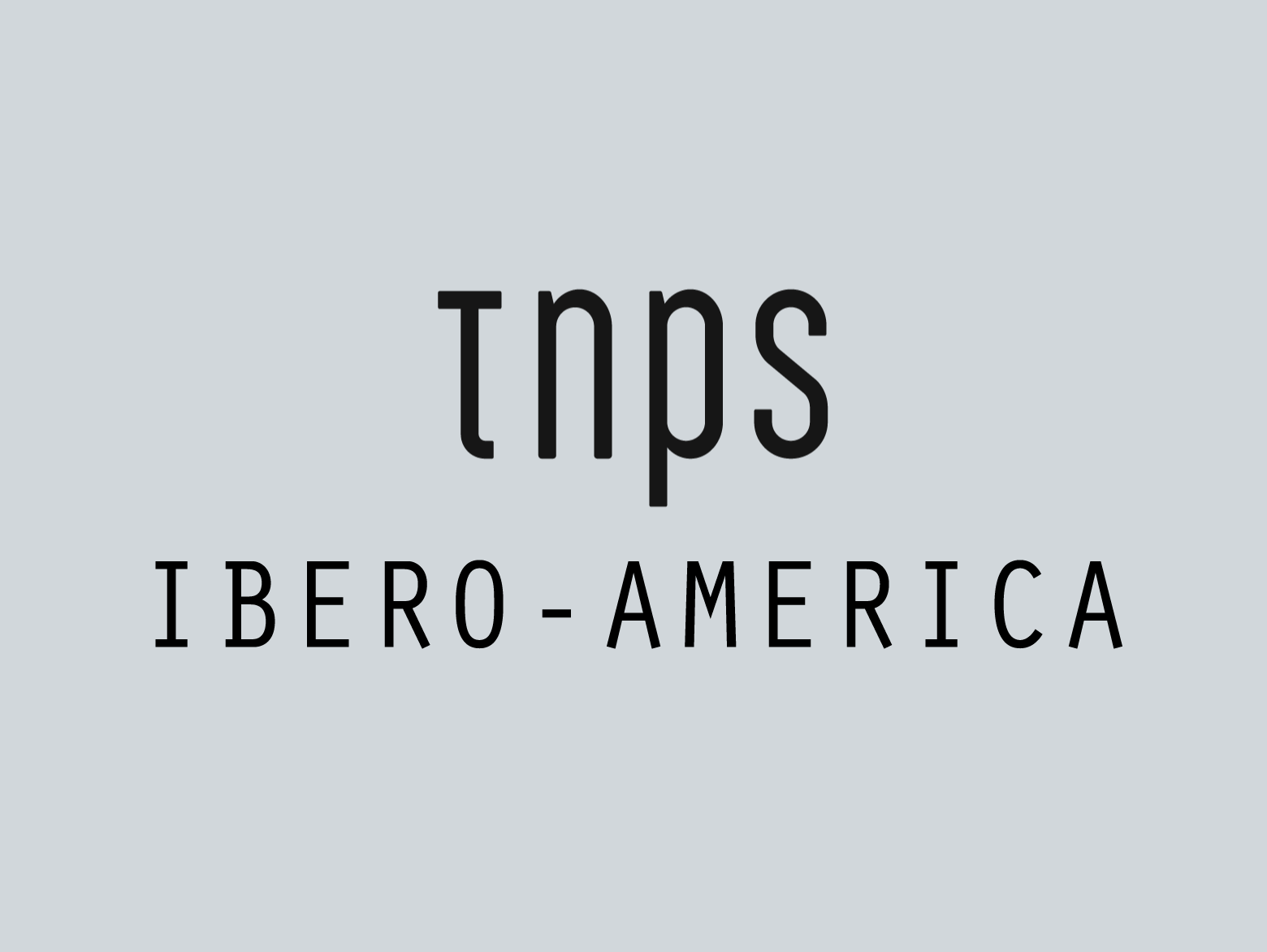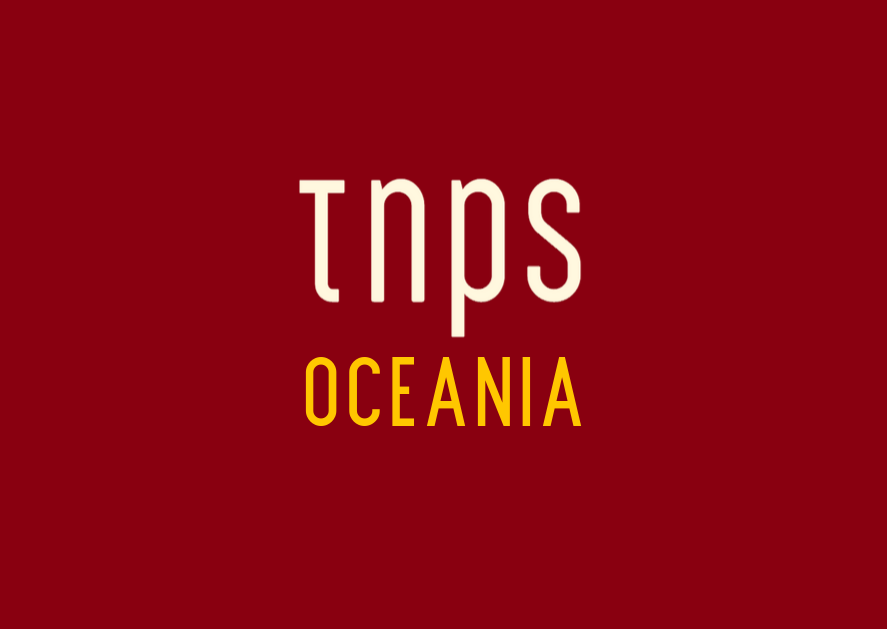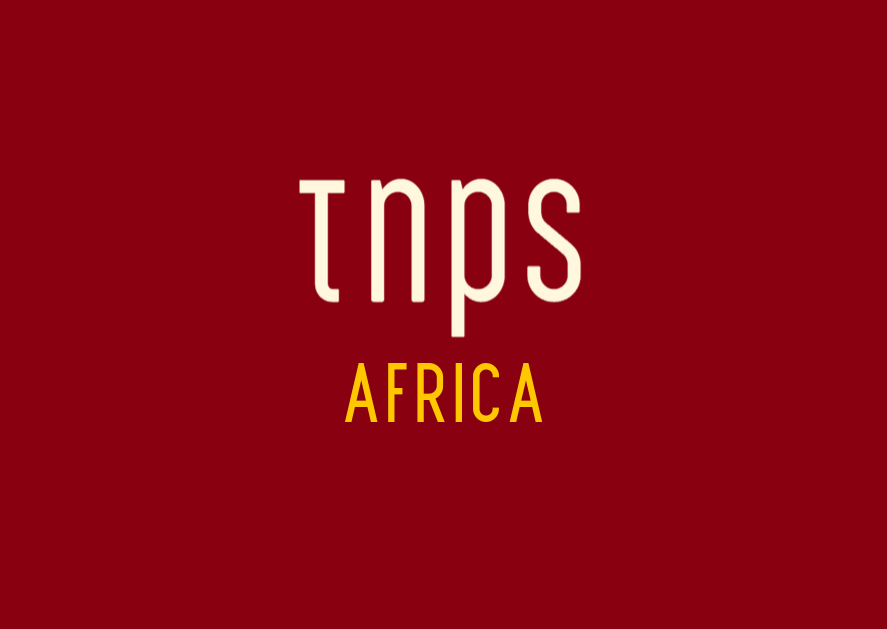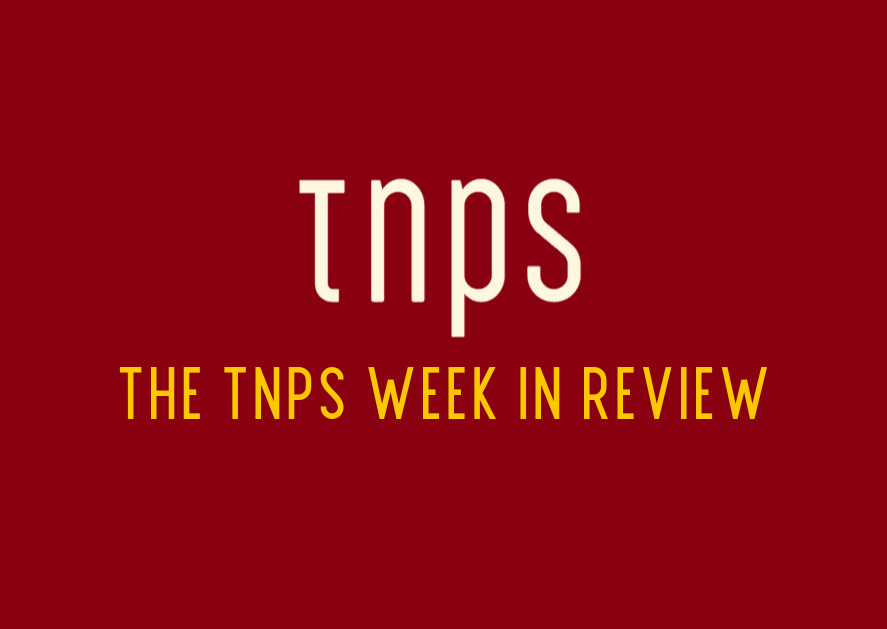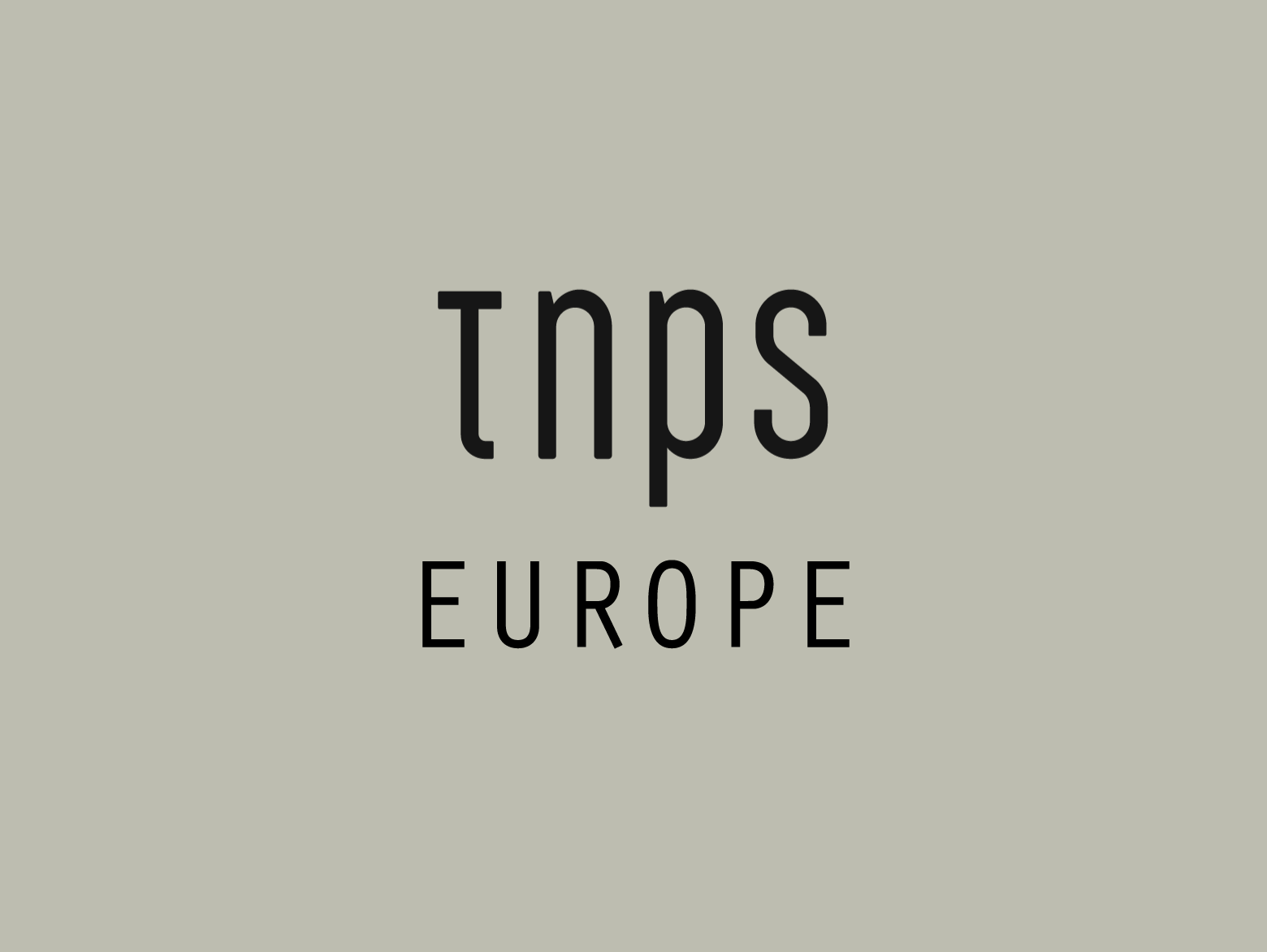FIL Cusco has opened calls for participants in the 6th incarnation of its international book fair, to run August 29 through September 8. Bolivia will be guest of honour.
In this UNESCO Year of Indigenous Languages the book fair will have indigenous languages as its theme and will give,
special emphasis to the use, visibility and recognition of native languages at the international level, with special care in the languages of the Peruvian territory and especially of the Amazon-Andean Cusco.
More details on the website of the Decentralized Directorate of Culture of Cusco.
Via PublishNewsES.
Indigenous languages in Peru? In fact only 84% of Peruvians speak Spanish, and Article 48 of the Political Constitution of Peru lends official language status to all the country’s smaller languages.
Official languages of the State are Spanish and, wherever they are predominant, Quechua, Aymara, and other native tongues in accordance with the law.
Quechua is the primary indigenous language of the country, and was spoken by (although long pre-dates) the Incas.
Then comes Aymara, which is more widely spoken in Bolivia.
Aguaruna, Ashaninka and Shipibo are among countless other indigenous languages of Peru and many are threatened.
Publishers in Peru understandably are focused on Spanish, and of course the economics of print production and distribution weigh heavily against literature developing in indigenous languages with few speakers and even fewer readers and writers.
Digital offers some scope for developing indigenous language literature in Peru, a country where two thirds of the population are online. That’s a respectable 22 million people.
Even if literacy among a particular indigenous language group is low there is still the possibility of audio, which can breathe new life into indigenous storytelling across Peru, across Latin America and around the world.

